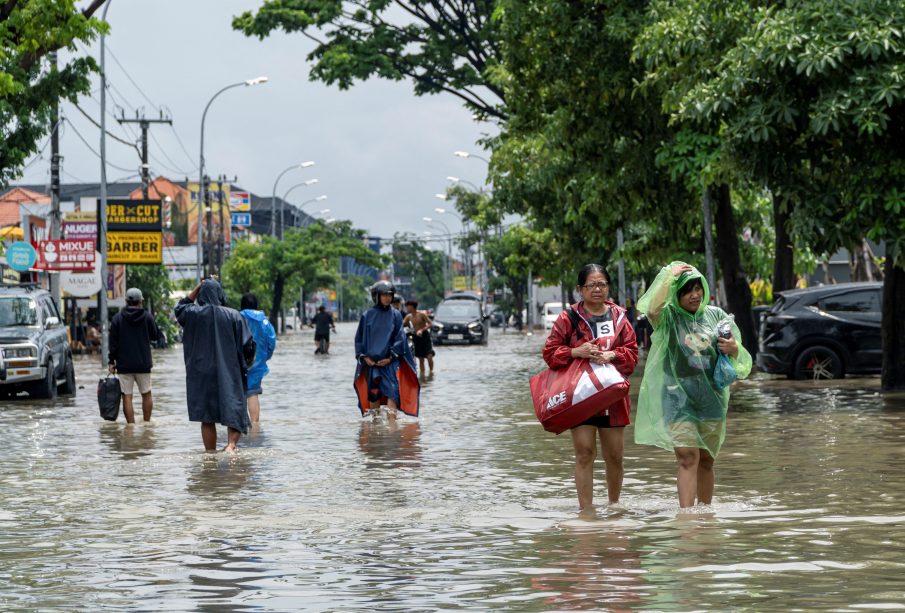Understanding the Recent Bali Floods: Causes and Impact

Introduction
The recent floods in Bali have raised significant concerns regarding climate change, urban planning, and disaster preparedness. These events are not only a wake-up call for local authorities but also highlight the vulnerability of popular tourist destinations to extreme weather. With Indonesia facing increasing instances of severe weather, understanding the implications of these floods is critical for both residents and visitors.
Details of the Floods
In mid-October 2023, heavy rainfall led to catastrophic flooding in several regions of Bali, particularly in Denpasar and surrounding areas. Local authorities reported that more than 800 homes were inundated, and many businesses suffered damage due to the rising waters. The Bali Disaster Management Agency (BPBD) mobilised emergency services to assist affected residents, providing temporary shelters and basic necessities.
Eye-witness accounts describe water levels rising swiftly, leaving little time for evacuation. Many areas saw rainfall exceeding 150mm in just 24 hours, causing rivers to overflow and flash floods to ensue. The rapid response highlighted the preparedness of local authorities; however, the scale of the flooding caught many by surprise.
Impact on Tourism and Local Economy
Bali is renowned for its tourism, yet the floods have disrupted travel plans for many tourists. Some flights were delayed or cancelled, and popular tourist attractions closed temporarily. The tourism sector, vital to Bali’s economy, may face repercussions in the following months as safety concerns dominate travel decisions.
Local businesses are also feeling the strain. Many establishments have reported significant losses due to flooding and road closures. Despite these challenges, local entrepreneurs are showing resilience, with some starting recovery initiatives for their communities.
Conclusion
The Bali floods serve as a stark reminder of the realities posed by climate change and its impact on vulnerable regions. Although immediate recovery efforts are underway, the incident raises profound questions about future urban planning and environmental sustainability on the island. Looking forward, authorities and communities will need to collaborate on enhancing disaster preparedness plans, investing in better infrastructure, and addressing environmental issues to mitigate future flood risks.
As we watch the recovery efforts unfold, the implications of these events extend beyond Bali, prompting wider discussions about climate change and sustainable tourism practices globally.


